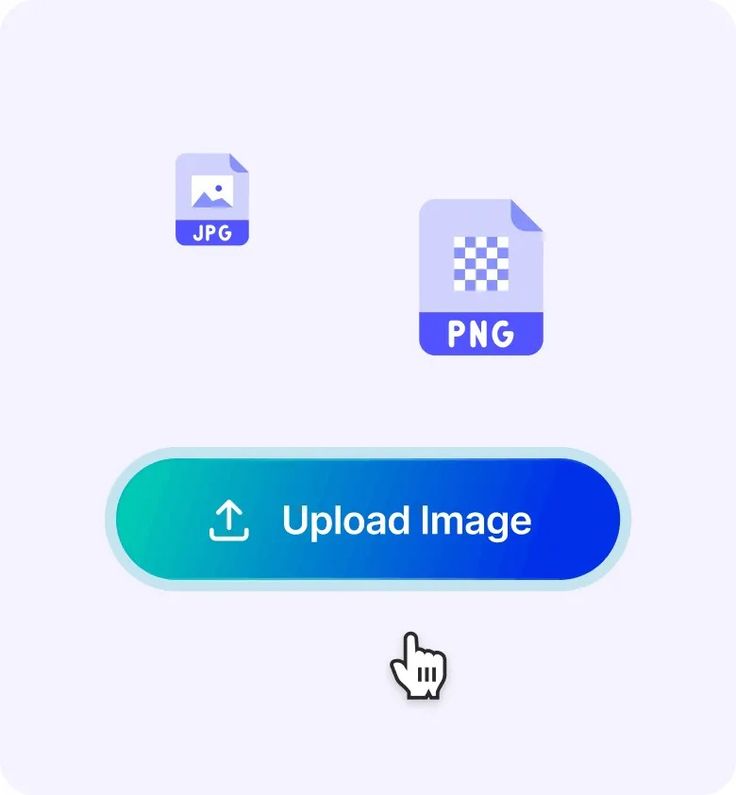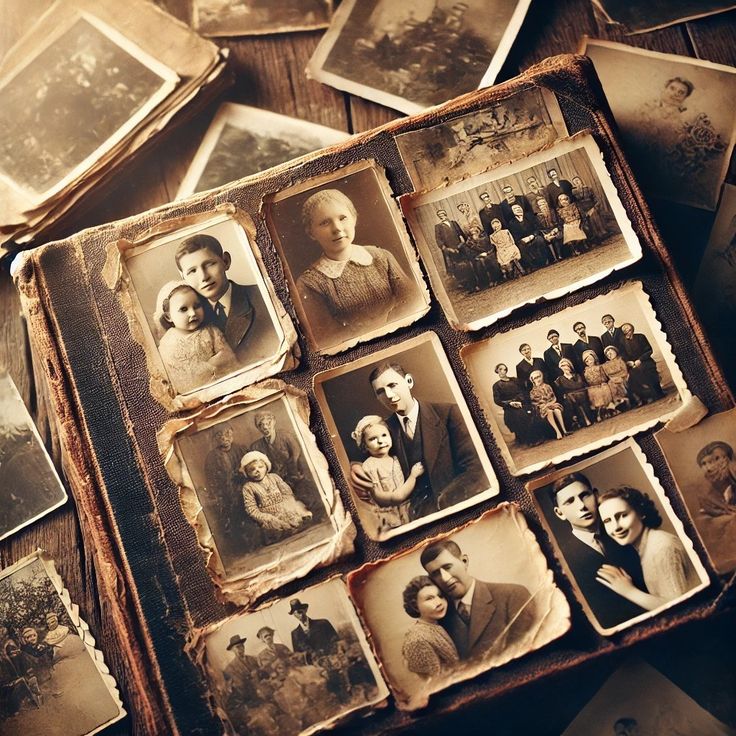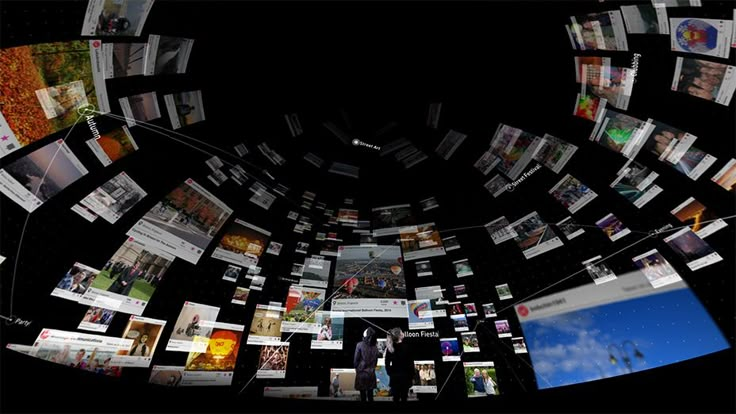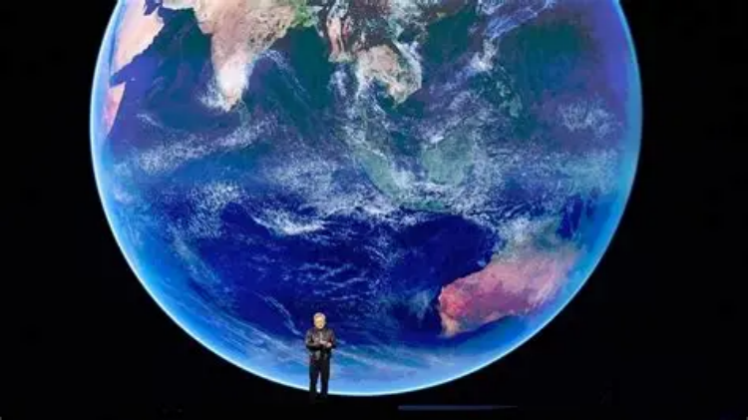Looking for a needle in a Bitsea: Your digital legacy is more fragile than you think
Have you ever wondered where an old childhood photo, a precious family video or even a loving love letter went when you clicked the "upload" button? They don't just disappear, but turn into a string of bit streams composed of zeros and ones, which are packaged, compressed and then settled in a distant server. We are immersed in the convenience of cloud storage, thinking that those data will stay there safely and at our fingertips forever. But the fact is that we are in an unprecedented era of digital navigation, and our seemingly unbreakable digital heritage is actually more fragile than you think.

Imagine that your grandmother has a closet full of old photos and letters. They can be touched and seen, and each yellowed photo carries a piece of real history. Even after the wind and rain, these physical files can still be circulated for hundreds of years as long as they are properly preserved. But what about your digital file? They are so light that we forget that they also need to be carefully cared for. When your cloud service provider closes down, or a social media platform is no longer popular, will those once lively digital photo albums and dynamic walls be like the beach after the tide recedes, leaving nothing?
We are facing a brand-new challenge: the "shelf life" of digital archives. Traditional file management is about the arrangement and maintenance of physical space, while digital file management is a race against time and an eternal pursuit of technology, format and media. Can the pictures you saved in JPEG format today still be opened lossless by mainstream software ten years later? How will you face the cold "file damage" prompt when the development company closes down? These are not science fiction, but the reality that is happening.

Fortunately, we are not alone. A silent revolution is quietly taking place in the archival field. The future digital archivists will no longer be scholars who wear white coats and shuttle between ancient books, but "digital gardeners" who are proficient in data science and programming languages. They are studying how to use blockchain technology to add "time stamp" to digital files to ensure that they cannot be tampered with; They explore how artificial intelligence can automatically identify, classify and label massive data, so that your digital life is no longer chaotic; They are even thinking about how to use the concept of meta-universe to build a "virtual museum" for your digital heritage, so that memories can be "walked" and "touched".
This is not just a technical topic, it is related to our personal history, collective memory and even the inheritance of civilization. Our digital footprint is becoming an important part of defining who we are. Every sharing, every praise and every message is shaping a "digital self" that we never realized. How to integrate and preserve these scattered and fragmented information so that they can cross the torrent of time and be understood and cherished by future generations is a new mission entrusted to each of us in this era.

So, the next time you upload a photo, you might as well think one more step: how should these bits be properly placed? Our digital heritage needs each of us to become our own "file guardian" from now on. This is not only a memory for the future, but also the most affectionate record and respect for the present life. We can't let our digital life dissipate in silence. After all, in the ocean of bits, every needle carries a unique memory.
(Writer:Frid)





